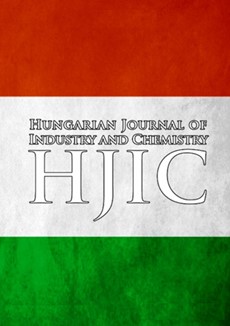Comprehensive Techno-Economic Assessment and Process Simulation of Bioethanol Production from Rice Straw Via Subcritical Water Pretreatment and Enzymatic Hydrolysis
DOI:
https://doi.org/10.33927/hjic-2025-06Keywords:
subcritical water, enzymatic hydrolysis, rice straw, simulationAbstract
Rice straw is a plentiful source of lignocellulosic biomass that has significant promise as a raw material for sustainable energy systems. The management of rice straw in Egypt presents considerable difficulties due to its indispensability and abundant availability. Efficient pretreatment methods are therefore necessary to overcome the resistive composition of lignocellulosic biomass in order to convert it into biofuels. This study suggests combining experimental and computational methodologies to enhance the combined impact of the green subcritical water (SCW) pretreatment and enzymatic hydrolysis of rice straw. This strategy aims to reduce the need for chemicals and energy consumption. The findings suggested that the most favorable parameters for the pretreatment process were a temperature of 160.3°C, an extraction time of 63.4 minutes and a water-to-rice straw mass ratio of 5:2. The application of enzymes led to a substantial 370% rise in the concentration of glucose after extracting it using subcritical water. Furthermore, the fructose concentration rose almost threefold, while the cellobiose levels increased twofold. After simulating the entire process with an annual plant capacity of 72,600 tons, economic indicators were determined. An investment opportunity that is financially feasible is evidenced by the following: a favorable internal rate of return (IRR) of 27%, a favorable net present value (NPV) of $152.6 million and a brief repayment period of 5 years. By employing a comprehensive approach, this endeavor aims to promote the development of biofuel manufacturing routes that are more environmentally friendly, sustainable and efficient, thereby mitigating the ecological consequences associated with meeting global energy demands. To the best of the authors' knowledge, this is the first paper that combines both the technical and economic feasibility of bioethanol production from Egyptian rice straw using a combination of subcritical water technology followed by enzymatic hydrolysis.




